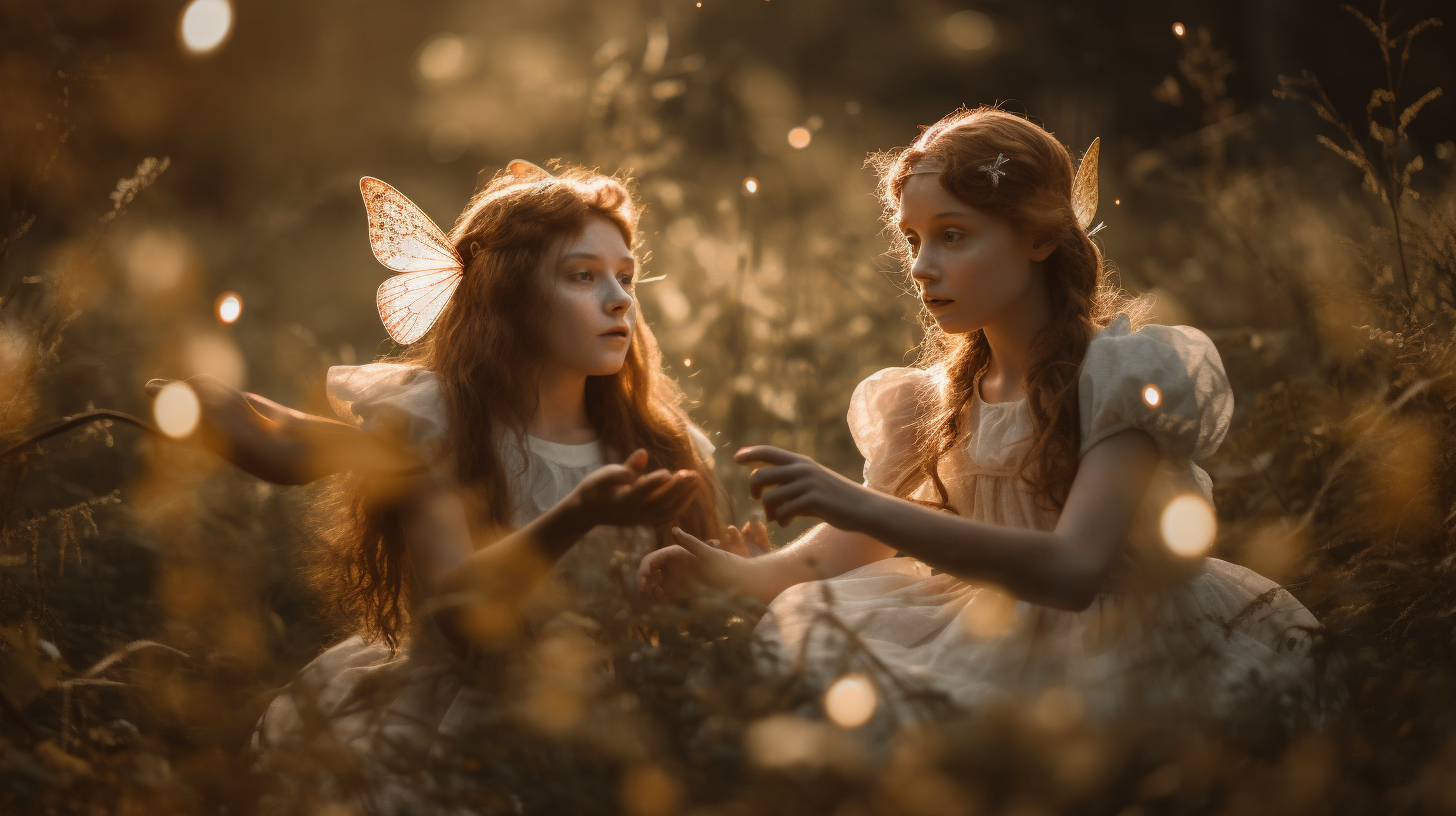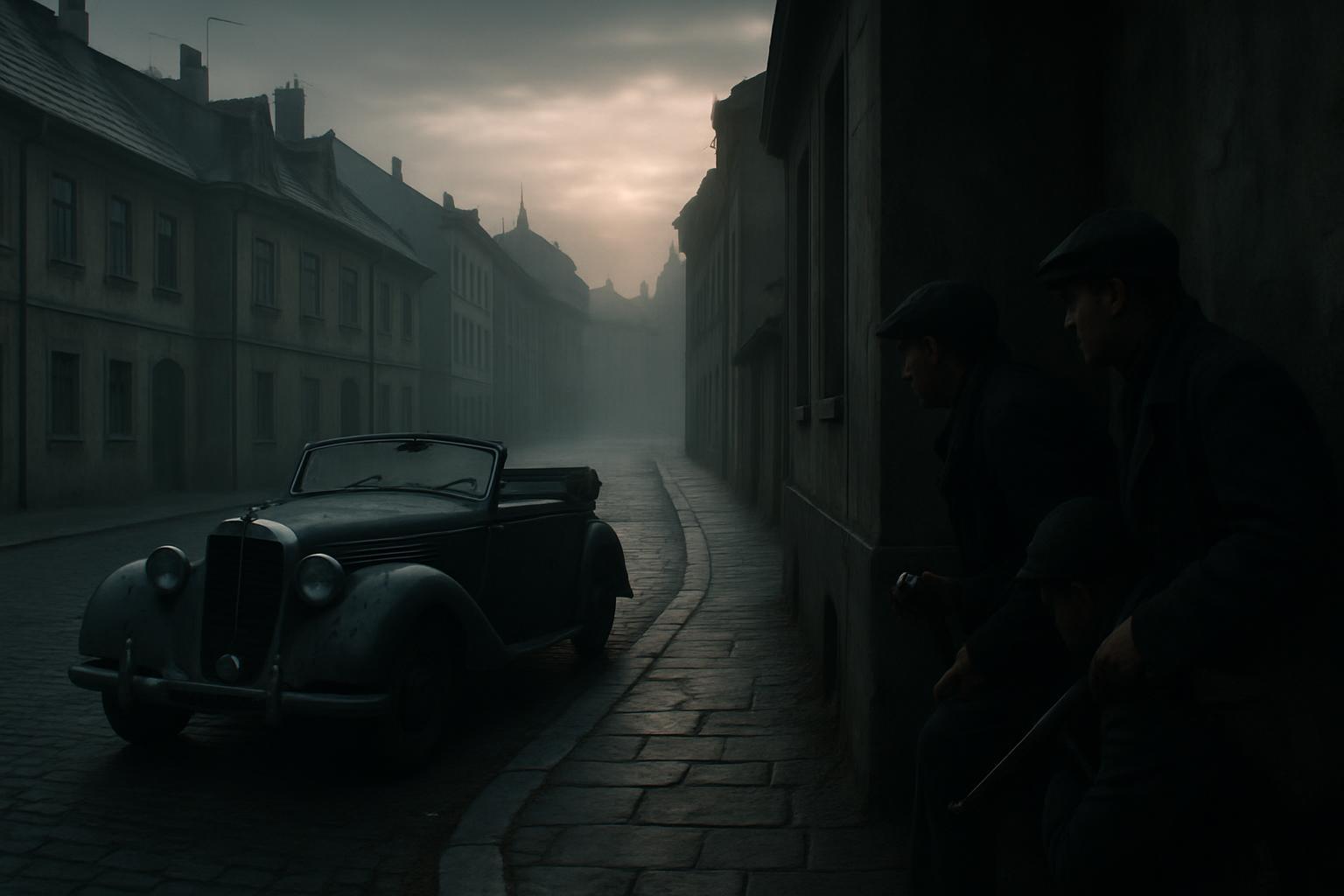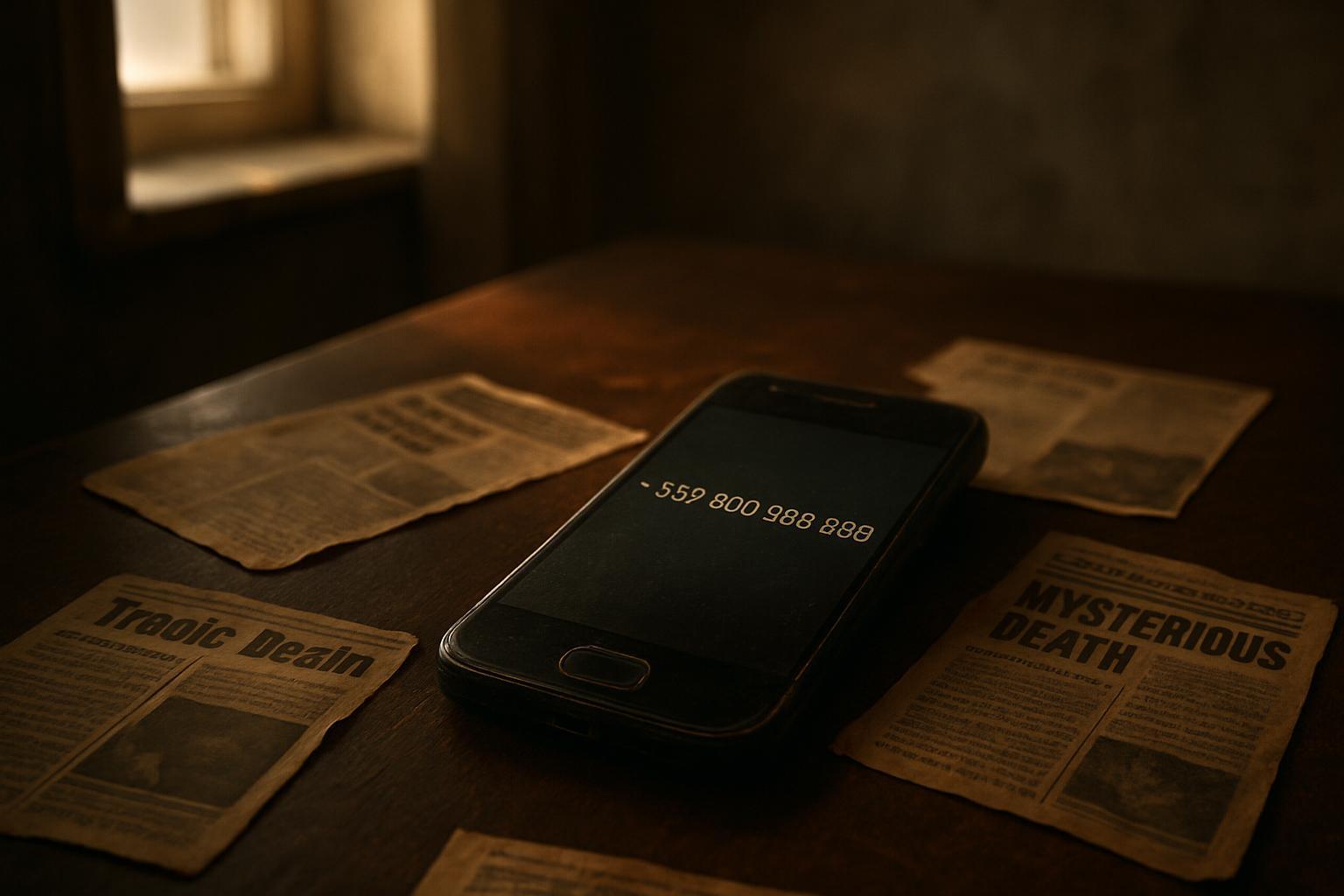The Cottingley Fairies is a captivating tale of an elaborate hoax that took the world by storm in the early 20th century. What began as innocent play between two young girls, Elsie Wright and Frances Griffiths, evolved into a series of photographs that appeared to show the existence of fairies. The images not only captured the public’s imagination but also managed to deceive renowned figures like Sir Arthur Conan Doyle, the creator of Sherlock Holmes. In this article, we will delve into the story of the Cottingley Fairies, their impact on popular culture, and the eventual confession of the hoax by its creators.
The Birth of the Cottingley Fairies
In 1917, cousins Elsie Wright and Frances Griffiths were living in the small village of Cottingley, near Bradford, England. One summer day, the girls borrowed Elsie’s father’s camera and ventured into the nearby woods to take photographs of what they claimed were fairies. When the developed images revealed what appeared to be small, winged creatures surrounding the girls, their family was astounded. Although Elsie’s father, Arthur Wright, a professional photographer, suspected trickery, he could not find any evidence of tampering.
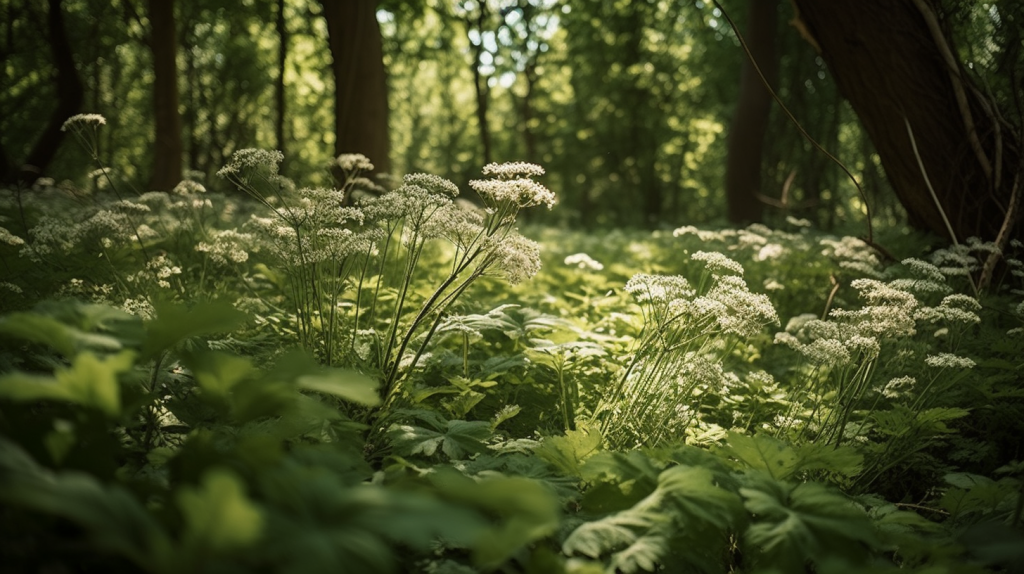
The Spread of the Phenomenon
The Cottingley Fairies gained widespread attention in 1920 when Edward L. Gardner, a prominent member of the Theosophical Society, came across the photographs. Intrigued by the images, Gardner sought the opinion of Sir Arthur Conan Doyle, who was a firm believer in spiritualism and the existence of fairies. Convinced of the photos’ authenticity, Doyle published an article in the popular magazine “The Strand,” which catapulted the Cottingley Fairies into the public eye.
The Debate on the Authenticity of the Photographs
The publication of the Cottingley Fairies photographs sparked intense debate on the existence of fairies and the authenticity of the images. Some experts claimed the photos were genuine, while others argued that the fairies were nothing more than cardboard cutouts or clever manipulations. Despite the controversy, Elsie and Frances maintained the authenticity of their images for several decades, further fueling public interest in the case.
The Truth Behind the Cottingley Fairies
In 1983, more than six decades after the initial photographs were taken, Elsie and Frances finally confessed that the Cottingley Fairies were an elaborate hoax. The girls had used illustrations from a popular children’s book, “Princess Mary’s Gift Book,” to create cardboard cutouts of the fairies, which they then posed with in their photographs. Despite their confession, Frances maintained that the fifth and final photograph, “The Fairy Bower,” was genuine.
The Impact and Legacy of the Cottingley Fairies
The Cottingley Fairies hoax had a profound impact on popular culture and inspired numerous books, films, and documentaries. The story serves as a testament to the power of human imagination and the willingness to believe in the extraordinary. It also highlights the importance of skepticism and critical thinking when faced with seemingly inexplicable phenomena.
Today, the Cottingley Fairies photographs and the story behind them continue to captivate audiences worldwide. The images serve as a reminder of a time when the world was captivated by the possibility of magical creatures and the thin line between reality and imagination.
Unveiling the Hoax
When Elsie and Frances finally admitted to fabricating the Cottingley Fairies photographs, they explained that they had never anticipated the extent to which their playful prank would spread. Initially, they had created the images to convince their family of the existence of fairies, but as the photos gained notoriety, they found themselves unable to reveal the truth without causing disappointment and embarrassment. Their confession in 1983 put an end to the long-standing debate on the authenticity of the photographs and served as a cautionary tale about the consequences of deception.
Reflections on the Cottingley Fairies Hoax
The Cottingley Fairies story highlights the human tendency to seek out and embrace the extraordinary, even in the face of skepticism and doubt. For many, the possibility of a magical world filled with fairies was a source of hope and wonder, a welcome escape from the harsh realities of the early 20th century. The widespread belief in the photographs, despite mounting evidence against their authenticity, serves as a reminder of the power of imagination and the importance of maintaining a sense of wonder.
Lessons Learned from the Cottingley Fairies
The tale of the Cottingley Fairies offers valuable lessons in critical thinking, skepticism, and the importance of questioning extraordinary claims. It demonstrates the need for evidence-based reasoning and the careful examination of seemingly inexplicable phenomena. In an age where misinformation and sensationalism can spread rapidly, the story of the Cottingley Fairies serves as a reminder to approach extraordinary claims with caution and to seek out the truth behind captivating stories.
In conclusion, the Cottingley Fairies is a fascinating tale of imagination, belief, and the quest for truth. The story continues to captivate audiences and serves as a reminder of the power of human imagination and the importance of skepticism in the face of extraordinary claims. As we continue to explore the unknown and seek answers to life’s mysteries, the Cottingley Fairies will remain an enduring symbol of the fine line between reality and fantasy.
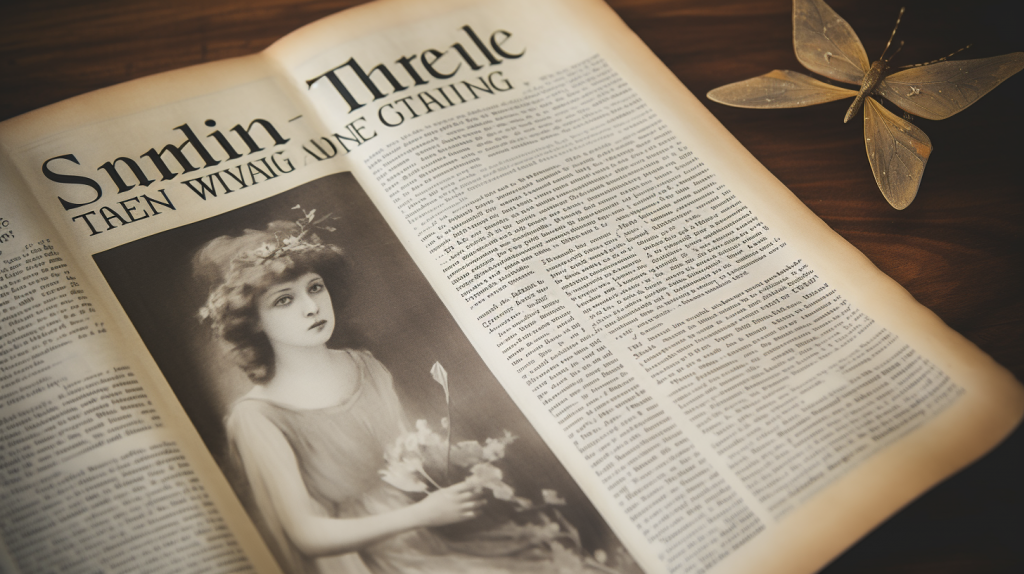
Conclusion
The Cottingley Fairies remains an enduring story of an elaborate hoax that captured the hearts and minds of people around the globe. It demonstrates the power of belief, the allure of the unknown, and the importance of critical thinking in examining extraordinary claims. Although the truth behind the Cottingley Fairies has long been revealed, the tale continues to fascinate and inspire new generations.

